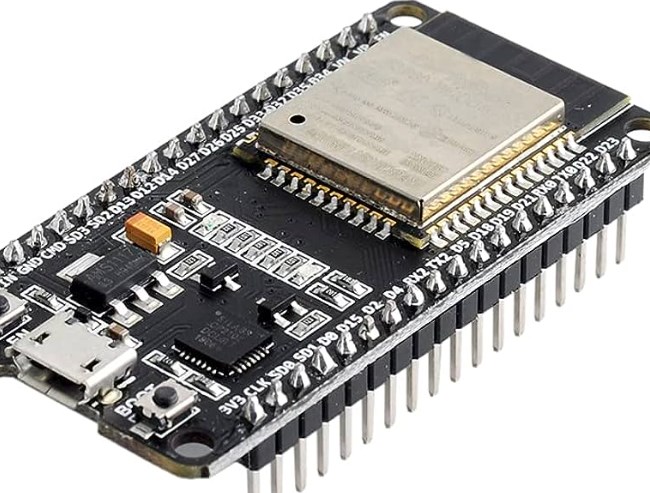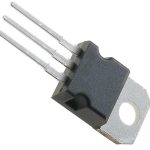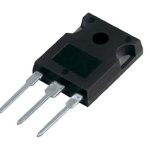In this article, we will explore the features, different models, and the function diagram of the ESP32. If you’re interested in wireless communication, IoT applications, or simply want to learn more about this powerful microcontroller, you’ve come to the right place. Come on and read this blog right now!
ESP32
Introduction
The ESP32 is a powerful microcontroller that has gained significant popularity in the world of electronics and Internet of Things (IoT) applications. In this article, we will provide an introduction to the ESP32, its features, applications, and how it functions as a Wi-Fi module.
What is an ESP32 used for?
The ESP32 is primarily used for wireless communication and IoT applications. It can be used to connect devices to the internet or create local networks for communication between different devices. With its built-in Wi-Fi and Bluetooth capabilities, the ESP32 enables seamless connectivity and data exchange.
Features
The ESP32 boasts several impressive features that make it stand out among other microcontrollers. Some key features include:
- Dual-core processor: The ESP32 is equipped with two powerful Tensilica Xtensa LX6 microprocessor cores, allowing for parallel processing and increased efficiency.
- Wi-Fi and Bluetooth: The ESP32 supports both Wi-Fi 8011 b/g/n and Bluetooth 2, making it versatile for various wireless communication needs.
- Low power consumption: The ESP32 offers power-saving modes, enabling efficient energy usage and prolonging battery life in portable devices.
- Rich peripheral set: It provides a wide range of peripherals, including touch sensors, ADCs, DACs, UART, SPI, I2C, PWM, and more, allowing for easy integration with other components.
- Secure communication: The ESP32 incorporates various security mechanisms, such as encryption algorithms and secure boot, ensuring secure data transmission.
Applications
The versatility of the ESP32 makes it suitable for a wide range of applications. Some common applications include:
- Home automation: The ESP32 can be used to control and monitor smart home devices, such as lights, thermostats, and door locks.
- Industrial automation: It is capable of collecting data from sensors and controlling industrial machinery, facilitating automation processes.
- IoT devices: The ESP32 is widely used in IoT devices like wearables, smart appliances, and environmental monitoring systems.
- Robotics: With its processing power and connectivity options, the ESP32 can be utilized in robotics projects for control and communication.
ESP32 Function block diagram

Compare ESP32 With Others
ESP32 vs ESP8266
The ESP32 and ESP8266 are both popular microcontrollers developed by Espressif Systems. While they share some similarities, there are notable differences between them.
The ESP32 offers more advanced features compared to the ESP8266. It has dual-core processing, more GPIO pins, more peripheral options, lower power consumption, and improved security mechanisms. Additionally, the ESP32 supports Bluetooth in addition to Wi-Fi, providing greater versatility.
On the other hand, the ESP8266 is a simpler and more cost-effective option for basic IoT applications. It is suitable for projects that require only Wi-Fi connectivity and do not demand the advanced features provided by the ESP32.
ESP32 vs STM32
The STM32 is another popular microcontroller family manufactured by STMicroelectronics. When comparing the ESP32 and STM32, there are a few key differences to consider.
The ESP32 focuses on wireless communication capabilities, with built-in Wi-Fi and Bluetooth. In contrast, the STM32 series emphasizes general-purpose computing and offers a broader range of microcontrollers tailored for different applications.
While the STM32 provides a vast selection of microcontrollers with varying capabilities, the ESP32 stands out in terms of wireless connectivity and its specific features designed for IoT applications.
ESP32 vs Arduino
It’s important to note that the ESP32 is not a replacement for Arduino but rather a complementary device. Arduino is an open-source platform for building electronics projects, while the ESP32 is a microcontroller that can be integrated into Arduino projects to add Wi-Fi and Bluetooth functionality.
By combining Arduino and ESP32, you can leverage the simplicity and extensive library support of Arduino with the advanced wireless capabilities of the ESP32. This allows you to create more complex and connected projects without sacrificing ease of use.
ESP32 Series Models
ESP32-D0WD-V3
Introduction
The ESP32-D0WD-V3 is a powerful system-on-chip (SoC) developed by Espressif Systems. It is based on the ESP32 series and offers advanced features and capabilities. This version of the ESP32 features a dual-core processor with low-power consumption, built-in Wi-Fi and Bluetooth connectivity, ample GPIO pins for interfacing with external devices, and various peripherals. It is designed to provide reliable and efficient performance for a wide range of applications.
PCB Symbol and Footprint
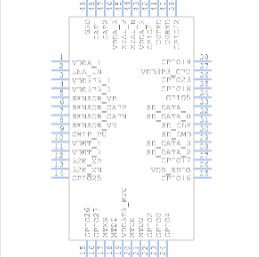
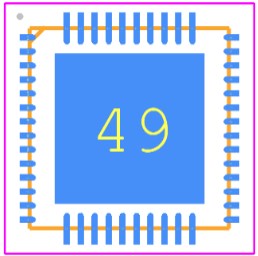
Datasheet
ESP32-WROOM-32
Introduction
The ESP32-WROOM-32 is a compact and highly integrated module based on the ESP32 SoC. It incorporates all the essential components required for Wi-Fi and Bluetooth connectivity, making it an ideal choice for IoT applications. The module includes a dual-core processor, flash memory, antenna, crystal oscillator, and other necessary components. It also offers numerous GPIO pins, allowing easy integration with external devices.
PCB Symbol and Footprint
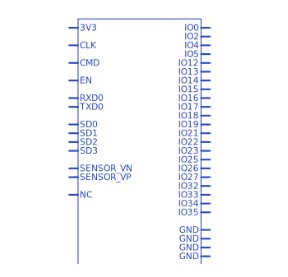
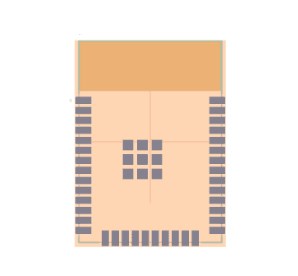
Datasheet
ESP32-WROVER-E-N4R8
Introduction
The ESP32-WROVER-E-N4R8 is another variant of the ESP32 module. It features an extended version of the ESP32-WROOM-32, offering additional features like 8MB external SPI flash memory and an embedded PCB antenna. The extended flash memory provides more storage space for firmware and data, while the PCB antenna simplifies the integration process. The ESP32-WROVER-E-N4R8 module is particularly suitable for applications that require larger memory capacity.
PCB Symbol and Footprint
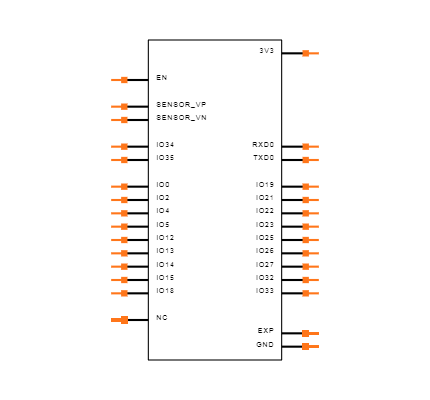
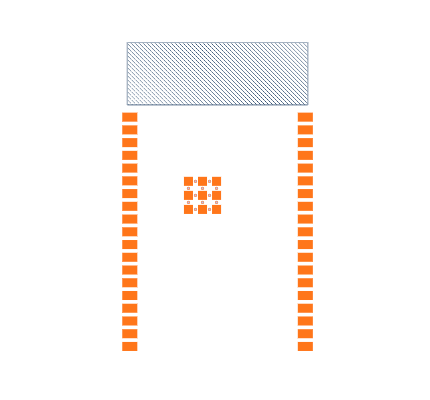
Datasheet
FAQs
Is ESP32 a Wi-Fi module?
Yes, the ESP32 is indeed a Wi-Fi module. It not only supports Wi-Fi connectivity but also integrates Bluetooth functionality. This combination of Wi-Fi and Bluetooth capabilities makes the ESP32 a versatile module for various IoT and wireless communication applications.
How to use ESP32 as a Wi-Fi module?
To use the ESP32 as a Wi-Fi module, you need to follow these general steps:
- Choose an ESP32 development board or module that suits your requirements.
- Set up the development environment by installing the necessary software tools, such as the Arduino IDE or Espressif’s ESP-IDF.
- Connect the ESP32 module to your computer via USB or UART.
- Write or download the code to configure the ESP32’s Wi-Fi settings, such as SSID and password.
- Implement the desired functionality using Wi-Fi-related functions and libraries provided by the development platform.
- Upload the code to the ESP32 module and monitor the serial output for debugging or verification purposes.
- Test the Wi-Fi connectivity and perform any necessary troubleshooting.
The exact process may vary depending on the development platform and programming language you choose to work with.
Is ESP32 Chinese?
Yes, the ESP32 is developed by Espressif Systems, a Chinese company based in Shanghai. Espressif specializes in designing and manufacturing Wi-Fi and Bluetooth-enabled chips and modules for the IoT industry. The ESP32 has gained significant popularity worldwide due to its affordability, performance, and extensive community support.
Is ESP32 better than Arduino?
Comparing ESP32 and Arduino is not straightforward since they serve different purposes. Arduino is a popular open-source platform for rapid prototyping and building simple electronic projects. It offers a beginner-friendly ecosystem with a simplified programming language and a wide range of compatible shields and modules.
On the other hand, the ESP32 is a more advanced microcontroller with built-in Wi-Fi and Bluetooth capabilities, making it suitable for IoT applications that require wireless connectivity. It provides more processing power, memory, and connectivity options compared to most Arduino boards. However, the ESP32 may have a steeper learning curve for beginners and requires more technical expertise to utilize its full potential.
Ultimately, the choice between ESP32 and Arduino depends on the specific requirements of your project. If you need wireless connectivity and more advanced features, the ESP32 may be a better fit. However, for simpler projects or beginners, Arduino’s simplicity and extensive library support can be advantageous.

Conclusion
The ESP32 microcontroller has undoubtedly made its mark in the world of electronics and IoT applications. Its impressive features, wide range of applications, and seamless integration as a Wi-Fi module have made it a popular choice among hobbyists and professionals alike. Whether you’re looking to create smart home devices, automate industrial processes, or develop innovative IoT projects, the ESP32 has the power and versatility to bring your ideas to life.

